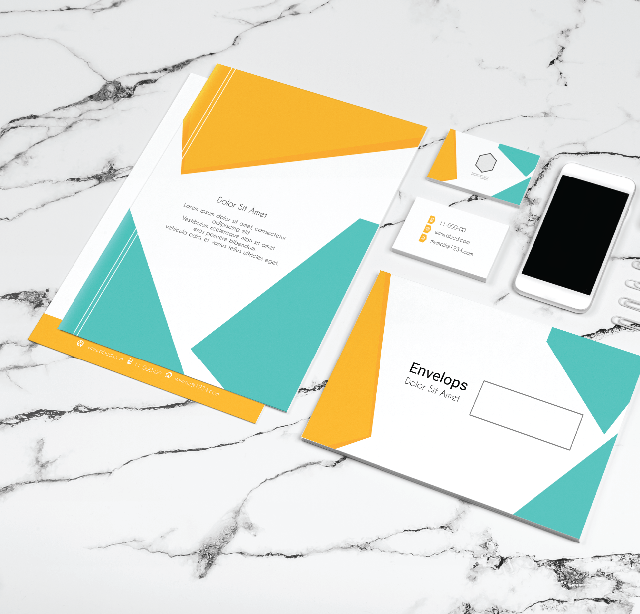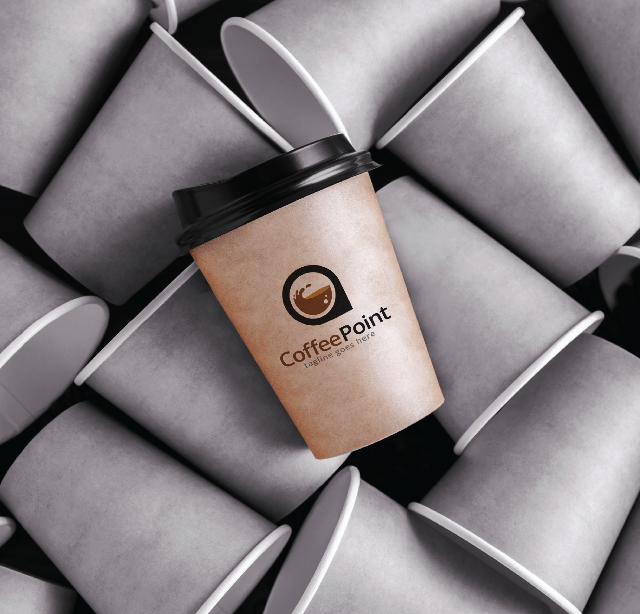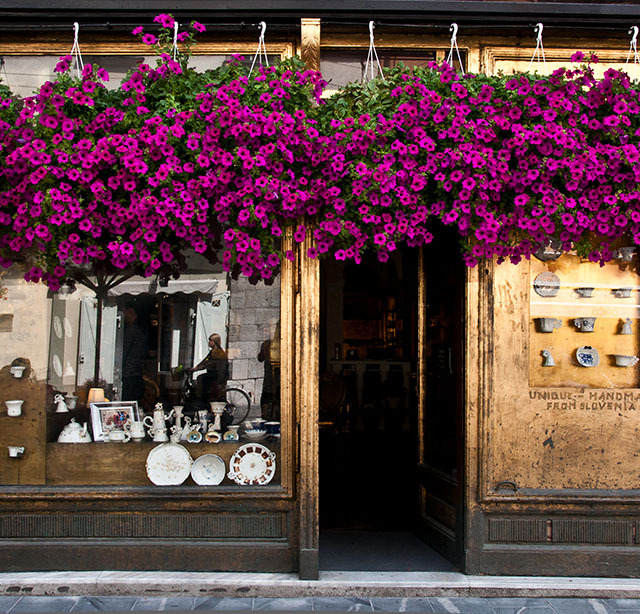The Most Practical Guide to Perfect Custom Notebooks
Some people are passionate about their journals and notebooks. They spend a lot of time finding the right one and then trying to keep it safe and clean. If your target group falls in the category, custom notebooks are about the best corporate merchandise you can think of. They are practical, relatively affordable, and lasting gifts that hit all the checkboxes for promotional stationery.
And there is a GREAT variety for you to choose from. To design the perfect notebook, you first need to decide what are you going to do with it and why you need it. So, before we dive into the different notebooks available, let’s first look through the things you need to consider.
Here are all the things you need to know to design a perfect (for your organization) custom notebook.
Paper size
If you have ever been to a stationery shop, you probably know that there is no shortage of paper sizes for notebooks. They can be small, large, pocket size. There is something for almost every purpose and occasion.
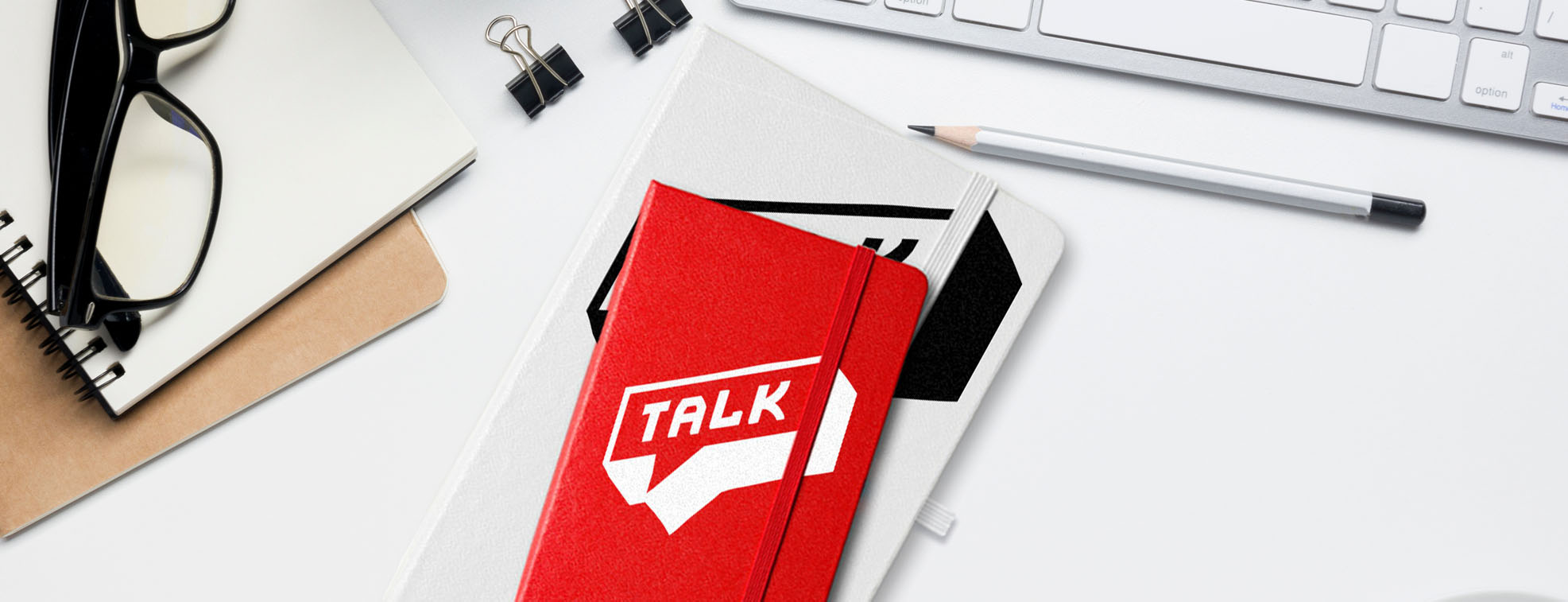
Followings sizes are amongst the most common: A4, A5, A6, A7, B5, B6, Letter.
The size of your custom notebook will first depend on a purpose. Different sizes are good for different things. That’s how smaller ones (A7 and A6) are perfect for pocket notebooks, often used for traveling. And the larger ones (like A4 and B5) are perfect for taking notes. Some others are often used as diaries and journals (letter and A5).
Binding
There are many binding methods, and they play a more important role in making your custom notebooks durable and convenient than you might think. They determine how flat your notebook will lay, how easy it is to separate pages, and how sturdy the notebooks are going to be. So, definitely not the point to be overlooked.

Glue: perfect if you need notebook pages of which you can easily take apart if needed. It is not very secure, and pages can break off easily, but sometimes it might be exactly what you need.
Spiral: a common type of notebook, often used for notetaking, thanks to its ability to lie flat on the surface. It is easy to remove pages from the notebook when needed, without sacrificing durability. It can also have many pages. The only thing is — those notebooks are more massive than other ones.
Staple: used for thinner notebooks, it is a great solution for the pocket notebooks. They are durable, but the pages are difficult to remove since one page usually is connected to the other one.
Thread: not too different from the stable binding, in those notebooks, pages are stitched together instead of being stable. It allows those notebooks to be more durable and accommodate more pages. The pages don’t lay flat but are still a great choice for smaller and compact diaries.
Thread and glue: very sturdy notebooks that also lay flat and have no limits for the number of pages (think larger classic novels). It is a classy choice for people who want their notebooks to last for longer.
Cover material
Both protective and stylistic cover plays a big role in the overall durability and aesthetic of the notebook. The cover also affects the overall flexibility of the journal: most of the time, depending on the material, your notebook will be softcover or hardcover.
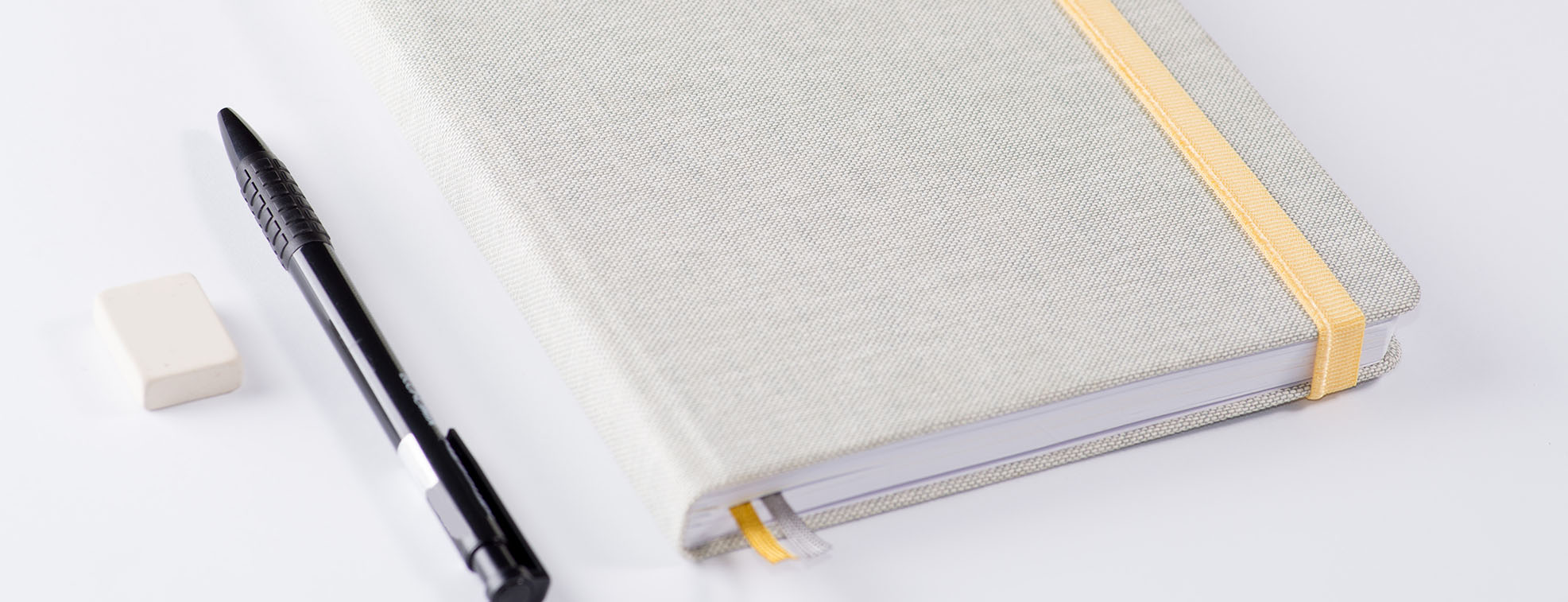
Cardstock: heavier than regular paper, it is a perfect choice for a notebook with elaborate prints. Most of those options are also eco-friendly, so if that a priority for you and your custom notebooks, consider it. Depending on the thickness of the board, they can also be durable or light.
Plastic: lasting and practical choice for some everyday notebooks. Often is used in spiral notebooks.
Leatherette and Leather: a classier choice for notebooks that can be both softcover and hardcover. It is a classier choice that often has fewer prints. Debossing is more common for the material. It is a durable choice that will last for a long time.
Sheet style
Now, to the sheet style. You should be familiar with most of them. All the styles are good for different purposes. The best way to learn which one is for you is to experiment. It is a self-explanatory category, so let’s give it right into it.
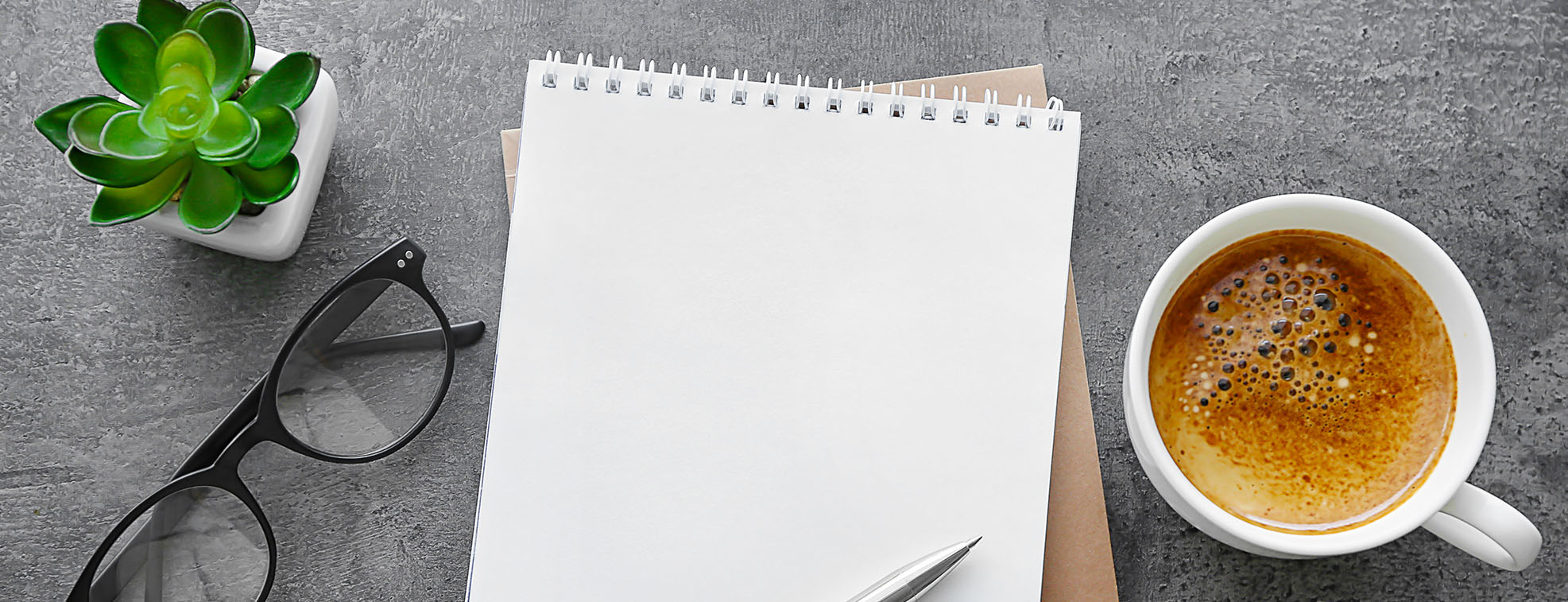
Line: great choice for writers and people who write a lot.
Graph: useful for maths, engineers, designers, and other people who need dimensions in their work.
Blank: the perfect choice for the people who don’t like the limits of the line and graph styles; can be used for both regular and visual notetaking; a great choice for sketching
Dotted: often used for a popular bullet journaling and doodling, the style is something in between the conventional graphs and blank pages; it can be used for sketching and writing just as well
Formatted: found in planners, pre-formatted custom notebooks are more specific; they can’t be used for everything, but are perfect at solving specific problems
Paperweight
GSM stands for grams per square meter and is the metric that is used to define the weight and thickness of the paper. Intuitively enough, the higher the number, the heavier is the paper. It is difficult to say that one is better or worse than the other. Different papers with different GSM are good for different things, and you can learn about their specifications from this list.
Here is a quick run through the GSM to help you get a better idea.
65 – 80 gsm: thin writing paper
80-100 gsm: regular writing paper
100-120 gsm: letterheads, compliment slips, etc
130-170 gsm: promotional flyers, brochures, more durable material often used for outdoor promotions
200-300 gsm: considered a board, used for hardcovers and in banners
300-400 gsm: premium quality finish, business cards, postcards
Number of pages
This point is tricky. Counterintuitively, the number of pages does not play an important role in the diary’s thickness. It depends on the paper GSM more than it does on the quantity.

On the note, the number of pages will only depend on your preference. There are three important criteria to consider when selecting the optimal page quantity (often defined by your budget): how long you want your customers and partners to use the custom notebook, what for do you want it to be used for, and which binding you will be ordered.
– what for
Notebooks can be used for anything, starting from note-taking and ending with crafts and sketching. So the quantity of the pages will depend on the purpose of your custom notebooks. If you are creating a notebook that needs to a year-long diary, having over 356 pages might make sense. The corporate notebooks also need to have more pages so that the person does not change them quickly. But if you are working on designing a sketchbook which requires a thicker paper, you might want it to have fewer pages. It would also make it more convenient to carry around.
– duration
In its essence, this question is like the ‘what for,’ but when you are designing a promotional gift, you might want the notebook to be used for longer. Logically enough, it would mean that an optional promotional notebook might need to have more pages. But if for you, the main priority is to make sure your guest just has something to write on for the duration of the event, a short one would do the job just.
– binding
Now, to the binding. It usually goes the other way around — usually, people choose the number of pages first and then move on to the binding. But you might choose the bind first. And for example, if you decide that you want your custom notebooks to have a thread or glue bind, you will be limited to the number of pages you can use form the begging. You might also want to have a notebook that can be refilled, though it is rare for promotional notebooks.
Design/Printing method
There are many printing methods used for printing on almost all the materials. Amongst the many are used for printing on notebooks.
Here are the most popular designing methods for a custom notebook and diaries:
Debossing: the most popular design method for notebooks, debossing, allows us to create images and text on the surface without printing. It looks more as if it was stamped on the surface of the notebook (often synthetic leather) with a metal stamp. The images and writings often look like silhouettes or impressions and, if not filled, are a tone darker than the cover color.
Hot foil printing: similar to debossing, hot foil printing differs from the above method in that most of the time, it does not have a depth to it. The color just sits on the surface of the material and often have metallic quality, gold, and silver being the most popular. To create a similar print method is used in that before producing the print, a metal stamp is created, heated, and applied on the surface of the notebook.
Screen printing: simple but functional, this printing method works for printing on almost any kind of material. Your design is burned into the screen over green color emulsion. Then the screen is pressed against the notebook for each of the colors. It allows producing colorful prints of high-quality with bright and vivid colors.
UV digital printing: love notebooks with cool and elaborate images? To be affordable, they are often printed on the surface of the notebook using UV digital printing, which allows converting digital images directly into prints.
Here you have it — your perfect custom notebooks
Followed the guide? Then, you are just one step away from creating your perfect custom notebook.
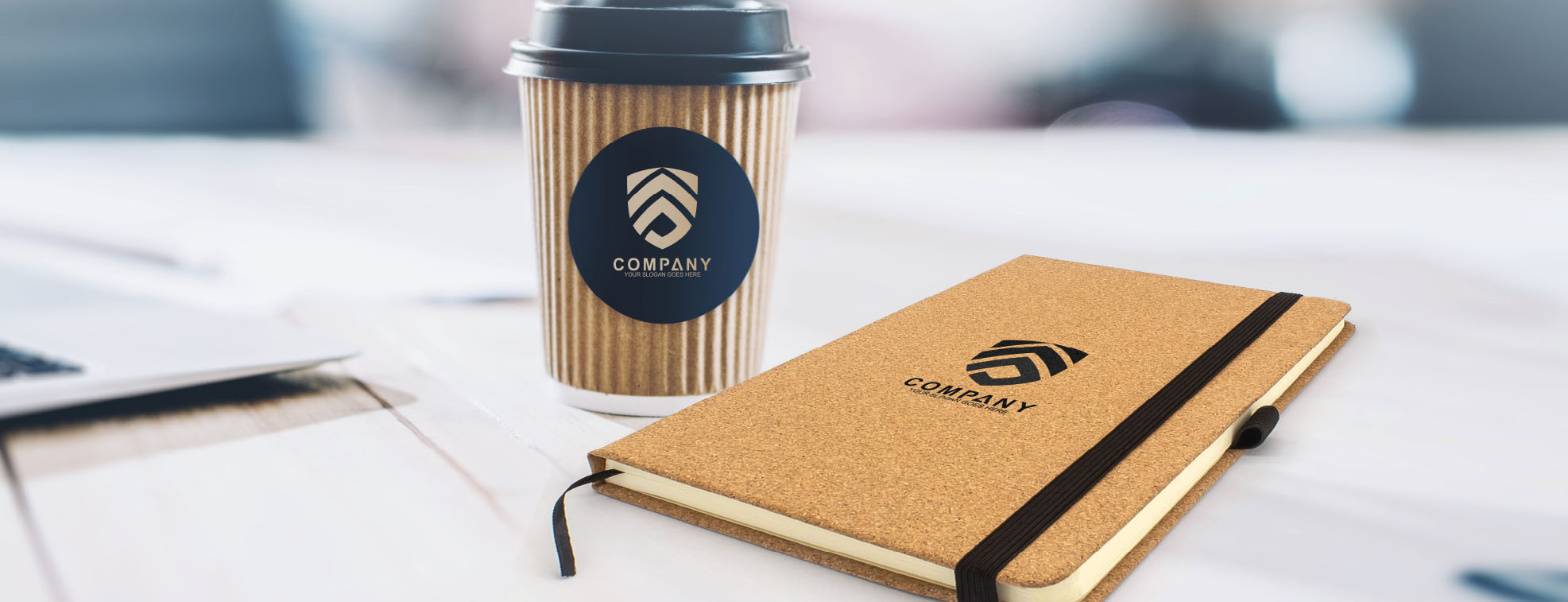
While the world is getting increasingly digital, the notebook still holds its place in the hearts and bags of millions of people. They help people remember, take notes, realize their creative ideas, and manage corporations. A notebook is a powerful engine, that if used correctly, can help you run the world.
So, don’t miss out on the opportunity. Make it easier for your employees and customer to reach their dreams!
